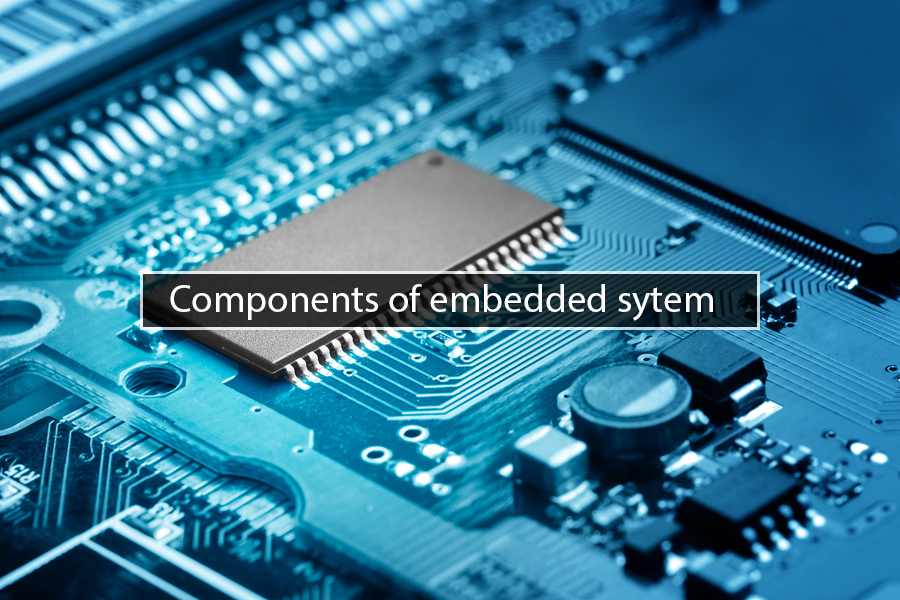In the annals of computing history, the role of microchips stands as a cornerstone of innovation. The advent of microprocessors and integrated circuits ushered in a new era, transforming room-sized behemoths into sleek computing machines. In this exploration of early computer microchip applications, we embark on a journey through time, uncovering the pivotal moments when microchips began their ascent, revolutionizing the world of vintage computers.
The Birth of the Microchip Revolution
The 20th century witnessed an unprecedented surge in technological advancements, and one of the most transformative was the development of microchips. Before delving into microchip use in vintage computers, it’s crucial to understand the genesis of this technological marvel.
The microchip, often referred to as an integrated circuit (IC), represents the integration of multiple electronic components onto a single silicon substrate. This innovation was the brainchild of Jack Kilby and Robert Noyce, who independently invented the IC in the late 1950s. Their breakthroughs laid the foundation for the microchip revolution, enabling the miniaturization of electronics and the birth of the modern computing era.
Early Computer Chip Technology: Breaking Barriers
The earliest computers, such as the ENIAC and UNIVAC, were behemoths that occupied entire rooms. Their operation required vast quantities of vacuum tubes and miles of wiring, making them impractical for everyday use. It was in this backdrop of computational giants that microchips emerged as game-changers.
Microchips represented a paradigm shift in early computer chip technology. These tiny wonders could perform complex calculations with unparalleled efficiency and reliability. They replaced the hulking vacuum tubes, offering a glimpse into a future where computers could be compact, powerful, and accessible.
Microprocessors: The Brains of Vintage Computers
One of the most iconic applications of microchips in early computing was the introduction of microprocessors. A microprocessor is the central processing unit (CPU) of a computer, responsible for executing instructions and performing calculations. The arrival of microprocessors marked a seismic shift in computing power.
Intel, a pioneer in microprocessor development, unveiled the 4004 microprocessor in 1971. This groundbreaking chip, containing 2,300 transistors, was a marvel of miniaturization. It found applications in early calculators and control systems.
Microchip Use in Vintage Computers: The Altair 8800
The true potential of microprocessors in computing emerged with the Altair 8800, a legendary computer kit released in 1975. It featured the Intel 8080 microprocessor and was one of the earliest commercially successful microcomputer kits.
Enthusiasts could assemble the Altair 8800 and use it to run software, making it a precursor to the personal computer. This marked a significant milestone in early computer microchip applications, as it brought computing power to the masses.
Microchips in the Apple I: A Game-Changer
Another iconic moment in the history of microchips was the release of the Apple I in 1976. Designed by Steve Wozniak and Steve Jobs, this computer featured the MOS Technology 6502 microprocessor. With its innovative design and microchip-driven performance, the Apple I played a pivotal role in shaping the personal computer industry.
Microprocessor Revolution: The IBM PC
In 1981, IBM introduced the IBM Personal Computer (IBM PC), a move that would transform the computing landscape. The heart of the IBM PC was the Intel 8088 microprocessor, running at a clock speed of 4.77 MHz. This marked a significant leap in microchip use in vintage computers, as IBM’s endorsement solidified the PC’s legitimacy.
The open architecture of the IBM PC allowed for third-party hardware and software development, paving the way for a diverse ecosystem of computing products. The IBM PC’s success set the standard for future computers, with microprocessors at the forefront of this revolution.
Microchip Magic in Gaming: The Atari 2600
While microprocessors were making waves in business and personal computing, they also found their way into the realm of entertainment. The Atari 2600, released in 1977, featured the MOS Technology 6507 microprocessor. This gaming console brought classic titles like “Pac-Man” and “Space Invaders” into the homes of millions, showcasing the versatility of microchips.
Early Computer Microchip Applications in Networking
The advent of microchips also had profound implications for networking technology. Local area networks (LANs) and Ethernet, for instance, relied on microchips to enable data communication between computers. Robert Metcalfe’s work on Ethernet standards, which used microchips extensively, laid the foundation for modern networking.
Embedded Systems: Microchips Everywhere
As early computer microchip applications continued to evolve, microchips found their way into an array of devices beyond traditional computers. Embedded systems, which include microcontrollers and microprocessors, became integral components of everyday appliances and gadgets.
From washing machines to microwave ovens, these systems relied on microchips to control their functions efficiently. The ubiquity of microchips in embedded systems transformed how we interacted with technology.
Conclusion: A Microchip-Powered Revolution
The history of microchip use in vintage computers is a testament to the transformative power of technology. Microprocessors and integrated circuits liberated computing from the confines of massive machines, making it accessible to individuals and industries alike.
Today, as we carry pocket-sized supercomputers in our hands and witness the rise of artificial intelligence, we owe a debt of gratitude to those early pioneers who harnessed the potential of microchips. The evolution of semiconductor materials continues, driving innovations that shape our rapidly changing world, reaffirming the enduring magic of microchips.



More Stories
How Blockchain Technology Is Changing the World
Blockchain Technology Myths Debunked
Blockchain Technology Trends to Watch This Year